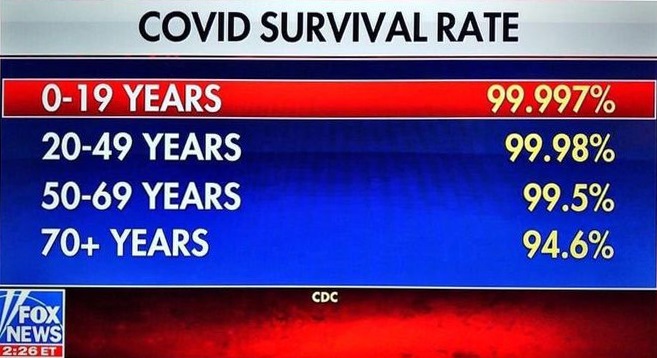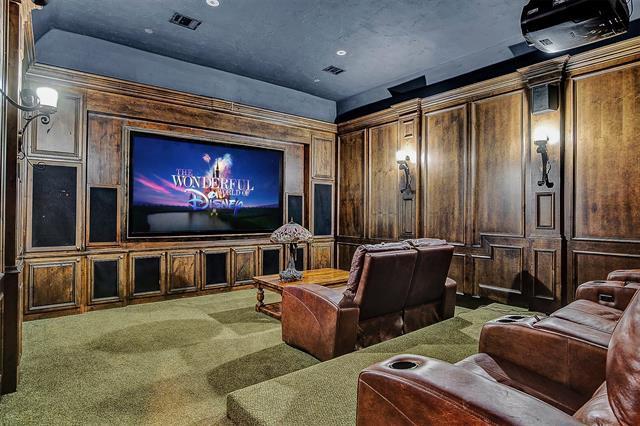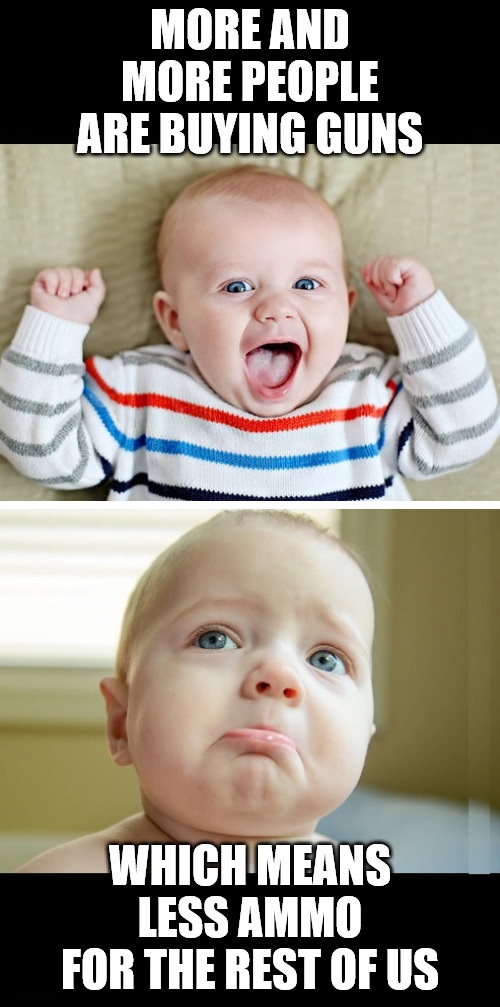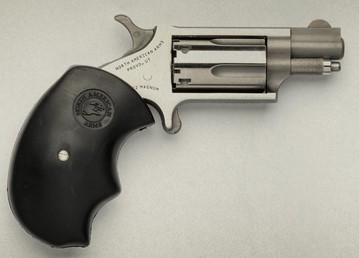As I grow older, I find myself torn between holding onto what has always worked for me, yet often having said experiential wisdom undermined by pesky things such as facts.
Take shotguns.
As Loyal Readers all know, I prefer side-by-side shotguns to over-and-under shotguns, illustrated by my own maxim: “Shotgun barrels should be side by side like a man and his dog, and not over and under like a man and his mistress.” (Yes, I coined that phrase.)
Actually, it’s bullshit. While I yield to no man for my love of fine side-by-side shotguns, the plain fact of the matter is that when it comes to sustained usage, the old SxS just doesn’t cut it. No matter how costly the gun, or how hardy, they all break after thousands of rounds; the much-maligned over-and-unders, much less so. (Ask yourself why Olympic shotgunners like Kim Rhode have always used over-and-unders — in fact, nobody in serious shotgunning competition uses a side-by-side, and that’s for good reasons.)
Which brings me to today’s gun under discussion, the shotgun which is pretty much the international gold standard for the ordinary shotgunner: the Beretta 686 Silver Pigeon.

From a pricing perspective, it’s always difficult to pin the 686 down, because the addition of different Roman numerals makes the price shoot up faster than the options list on a Porsche 911. The one in the picture is the bottom-of-the-range “Silver Pigeon I” in 20ga, and it typically retails for around $2,000. This, by the way, is common in the shotgun business: adding a couple inches to the barrel can double the price, as can asking for superior wood for the stock.
The dirty little secret about the 686 is that it probably represents the best value for money of any O/U shotgun. (Its closest rival, sales-wise, is the excellent Browning 725 Citori, which typically retails for nearly a grand more.) I use as an example Mr. Free Market, who each year shoots thousands of rounds through his 686 (he actually shot out his earlier 686 to the point where it would have cost more to repair than just buying a new one), and despite my constant needling, he steadfastly refuses to change to another brand. (This post was in fact triggered by me saying to someone that we should learn from others’ mistakes or equally, by the example of others, and in the matter of O/U shotguns, I therefore bow to his experience. If you wish to do the same, feel free to browse here.)
Where I will not change, however, is in the matter of barrel length. I’ve always though that the longer the barrel, the better. A 29″ or 30″ barrel will add many yards to the effective range of a shotgun over a 26″ barrel, and the increased range (and efficacy) far outweighs the weight and handling disadvantages. Save short barrels for the self-defense pump-actions; field guns should have longer barrels.
This doesn’t mean I’m going to run out and buy an over-and-under shotgun, by the way. I don’t shoot clays often enough to warrant a change over to an O/U, so I’ll stick to my side-by-side companion. Yes, I’m preaching form over function, which should surprise precisely nobody.
But if I was looking to buy an O/U, the 686 would get a very close look.





